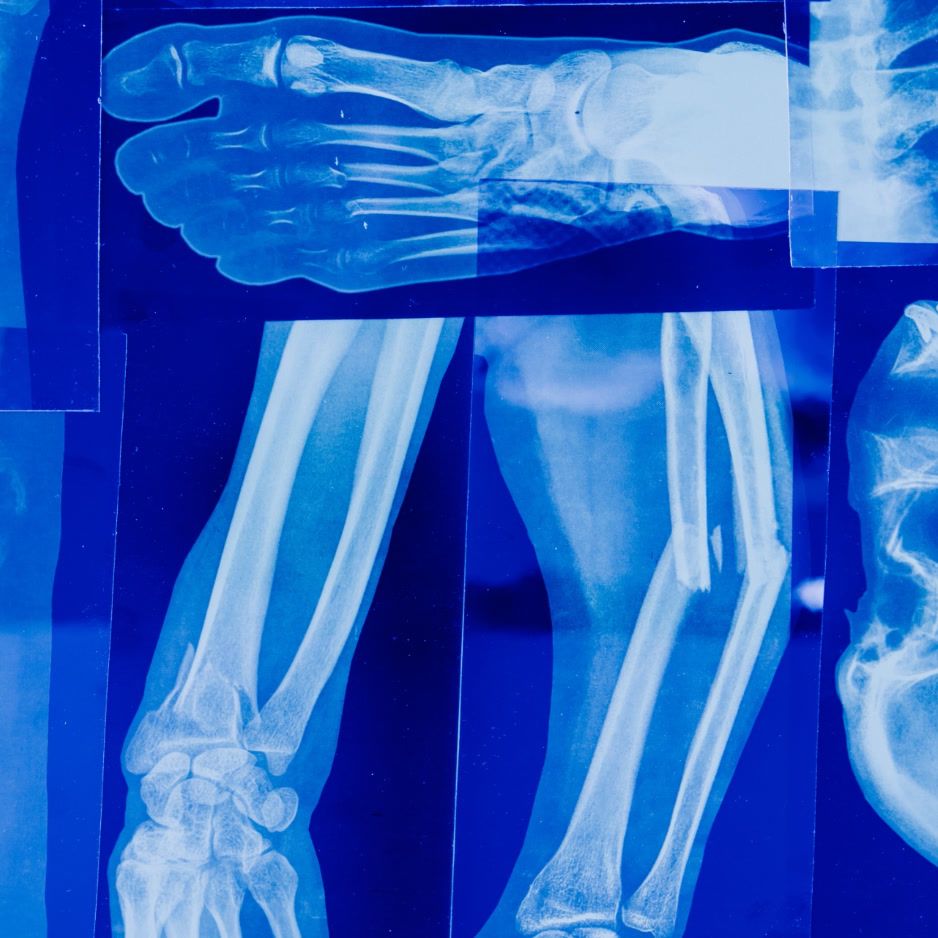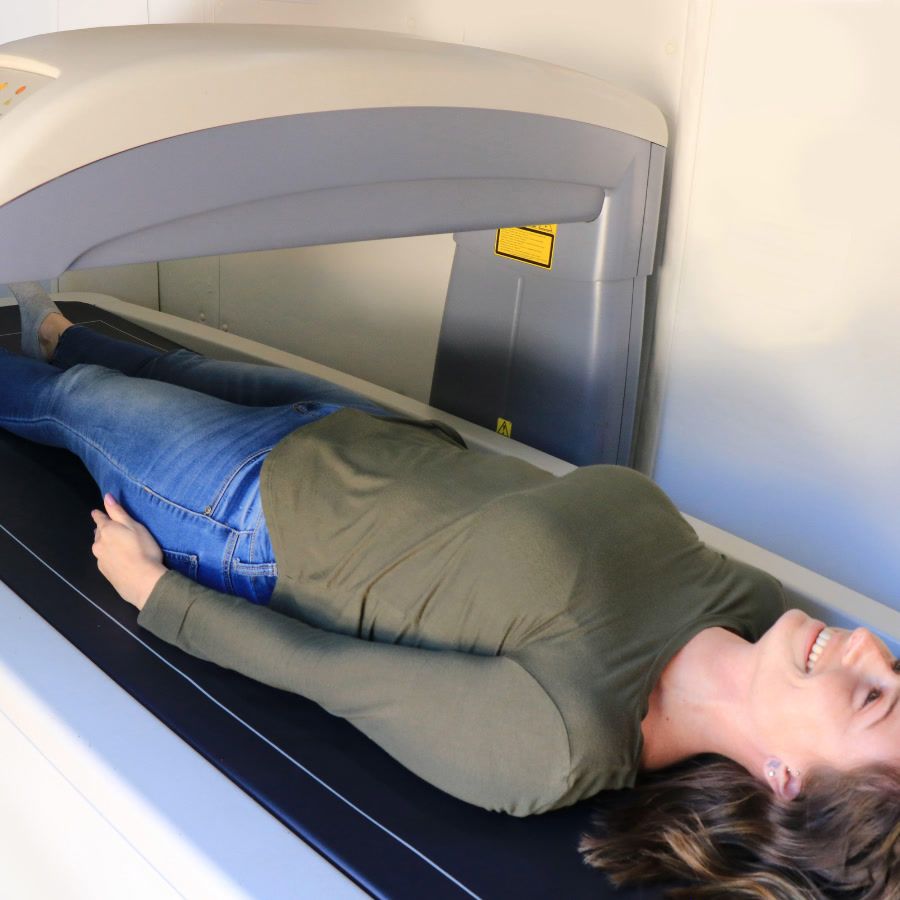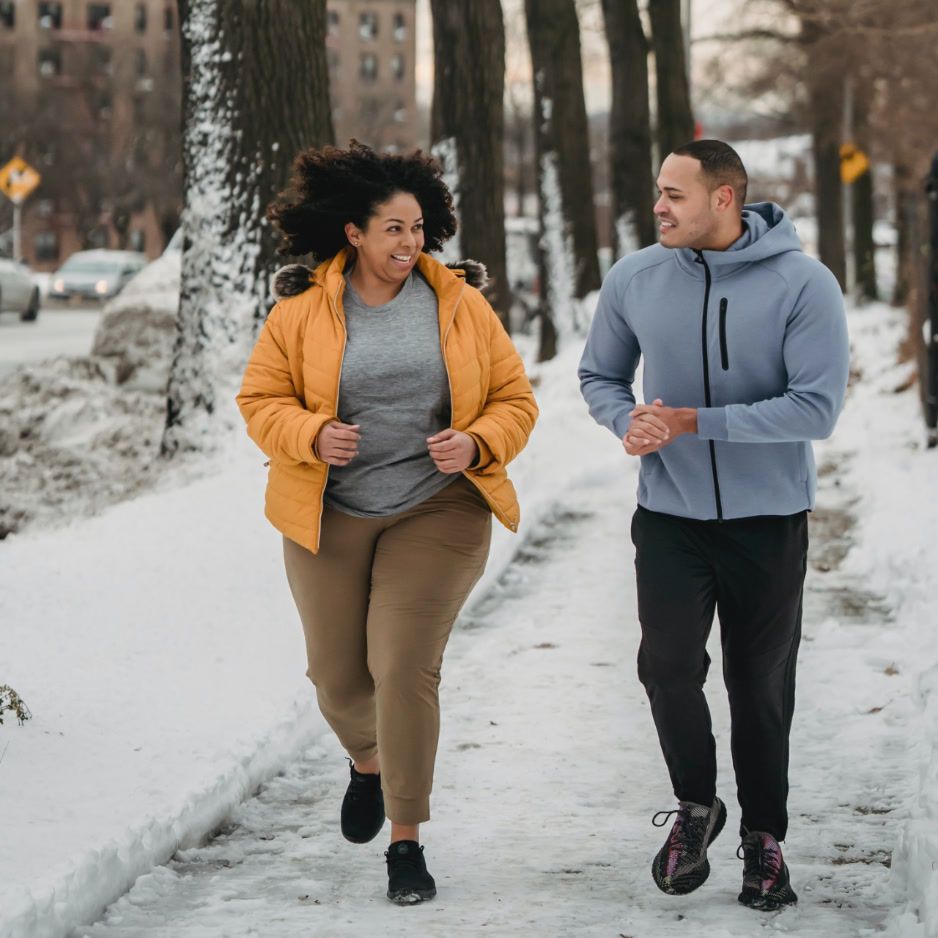Collagen Before and After: 12-Week Results Timeline
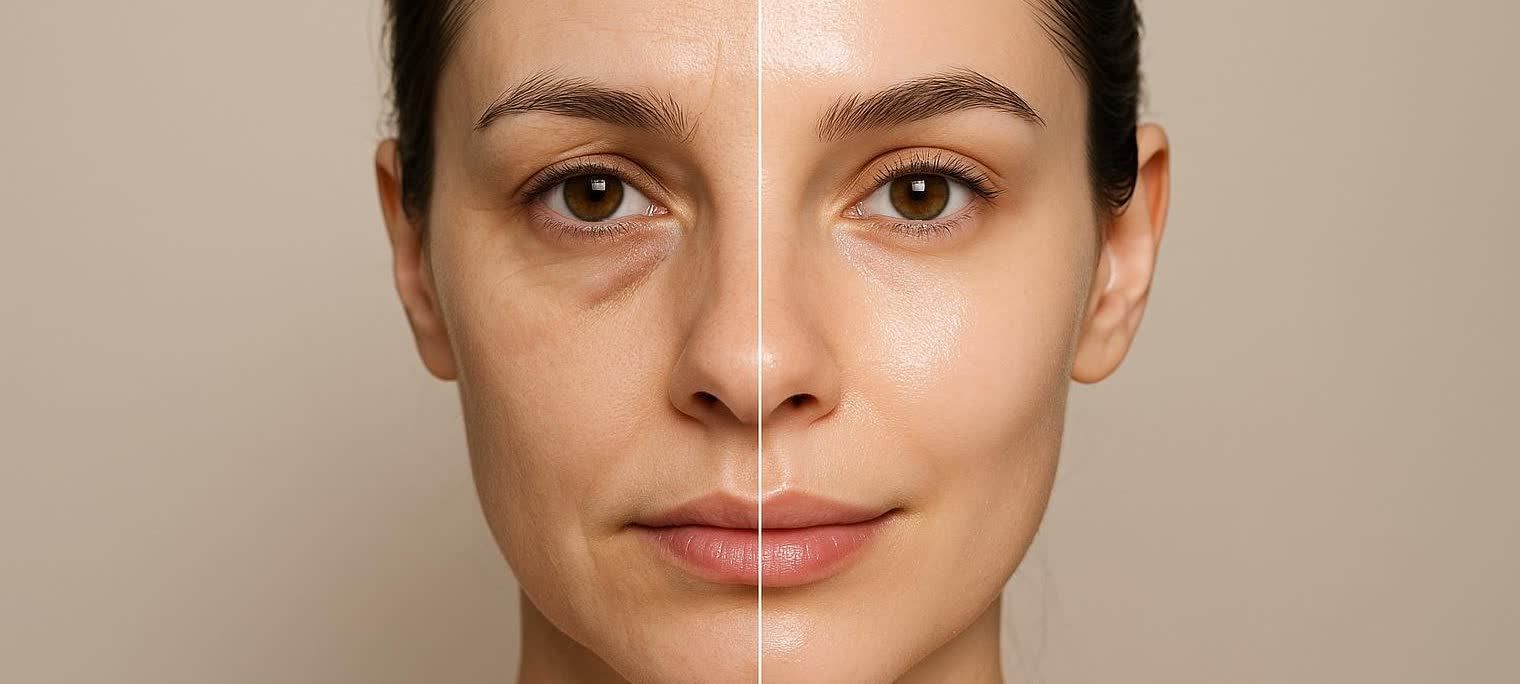
Collagen Before and After: 12-Week Results Timeline
Scrolling through collagen before and after photos can feel like browsing an endless Instagram carousel—glowing skin, thicker hair, smoother joints. But what actually changes, and when? This guide cuts through marketing hype with peer-reviewed research, standardized photo tips, and an evidence-backed timeline so you can set realistic expectations (and maybe capture your own jaw-dropping “after” shot).
Quick takeaways
- Meta-analysis data show skin hydration can improve by week 4, while wrinkle depth and overall hair density often require 8–12 weeks of daily collagen use (PMC 10180699).
- One brand-sponsored 12-week trial reported a 27.6 % increase in hair count per cm² after marine-collagen supplementation (MDhair study).
Why “Before & After” Photos Deserve a Standard Playbook
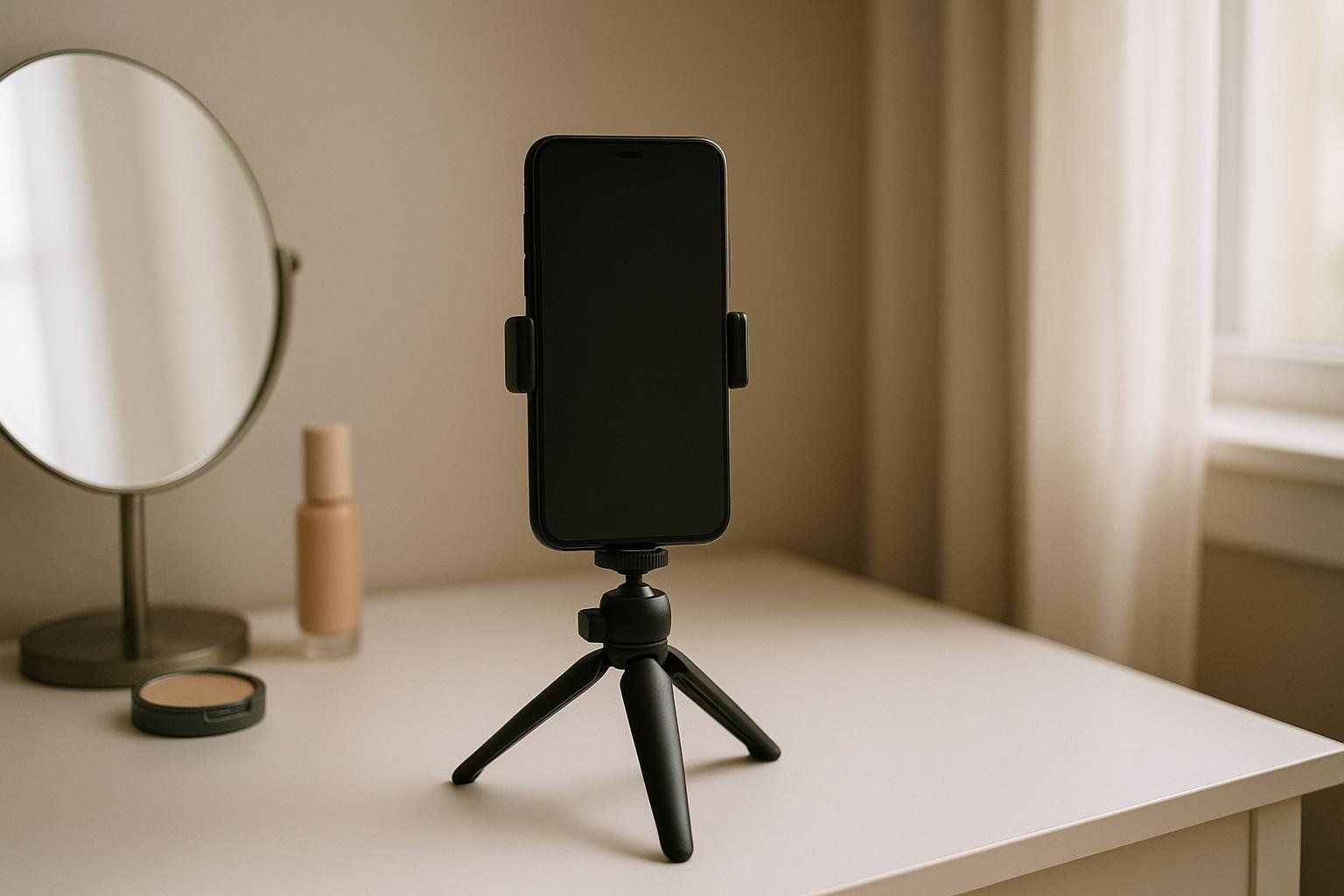
Lighting, angle, and expression can add—or steal—years in a snapshot. Treat your photos like mini clinical data points:
- Same setup every time. Shoot in identical lighting and at the same hour to avoid shadow tricks.
- Neutral expression and posture. Smiling lifts cheeks (great for selfies, bad for data).
- Consistent framing. Shoulders-up for face focus; include a neck marker (e.g., necklace clasp) for scale.
- Date stamp. Built-in phone filters work; skip beauty apps that auto-smooth.
- Log your regimen. Note collagen type, grams per day, and any co-nutrients such as vitamin C.
Collagen Transformation Timeline (Weeks 0–12)
| Week | What’s Happening Under the Hood | Noticeable Changes |
|---|---|---|
| 0–2 | Peptides enter bloodstream; fibroblasts ramp up hyaluronic-acid production (PMC 10180699) | Minimal—maybe a subtle skin “glow.” |
| 3–4 | Skin hydration increases up to 7 % versus placebo in clinical trials (MDPI 2023) | Fine-line plumping (especially under-eye); slightly stronger nails. |
| 5–8 | Collagen matrix thickens; early reduction in knee or shoulder discomfort seen in athletes (BMC Musculoskeletal 2024) | Fewer joint twinges; nail breakage drops; first noticeable photo differences. |
| 9–12 | Skin studies show measurable wrinkle-depth reduction (MDPI 2023); hair density rises 27.6 % in a brand-sponsored trial (MDhair study) | Smoother crow’s-feet, fuller ponytail, stronger nails. |
Tip: Schedule a mid-point photo at week 8—most people see tangible changes by then.
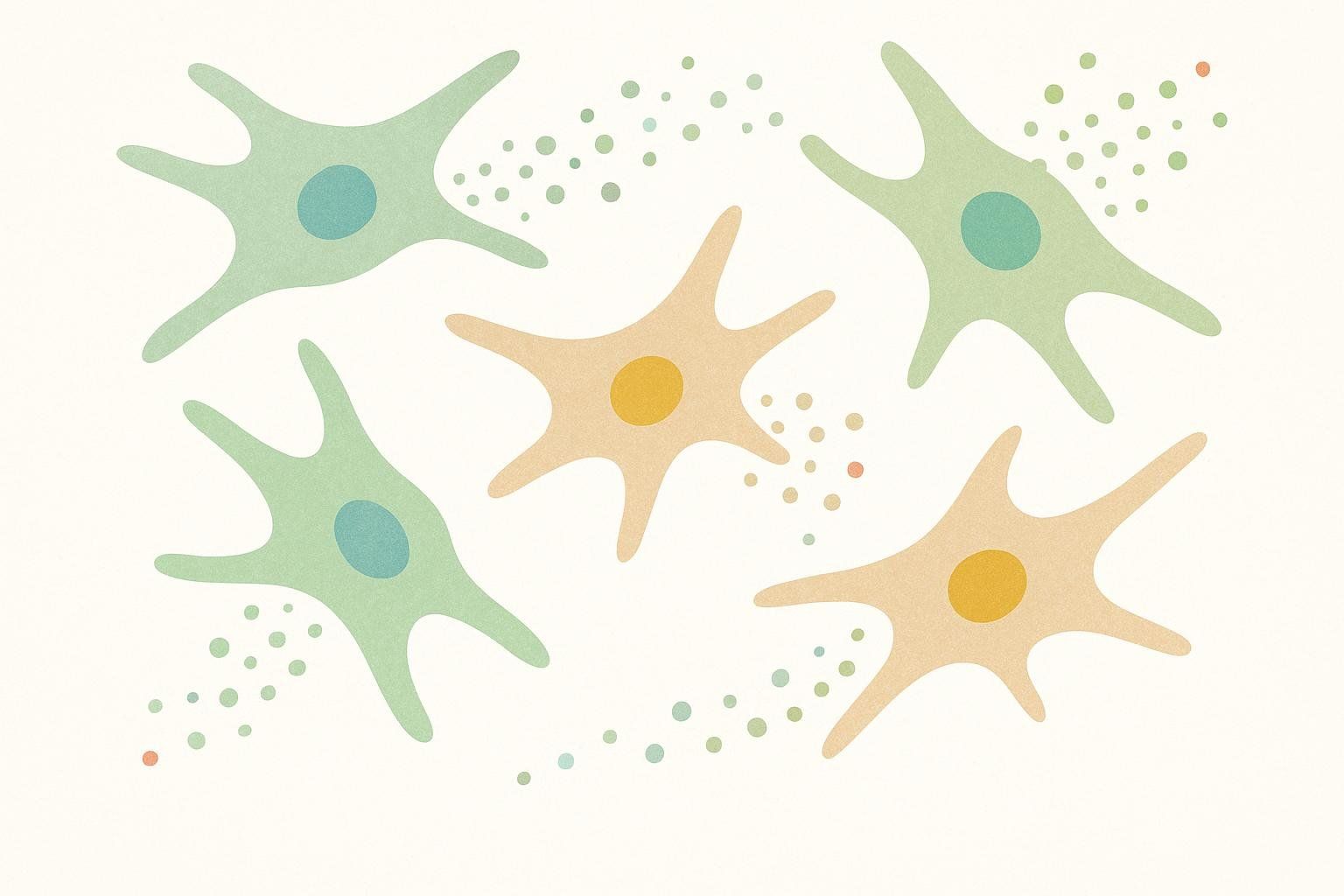
Results by Goal
1. Skin: Hydration, Elasticity & Wrinkles
A 2023 meta-analysis of 26 clinical trials (1,721 participants) found oral hydrolyzed collagen significantly improved skin hydration and elasticity, with the strongest effects after ≥ 8 weeks and when marine collagen was used (PMC 10180699). Watch for under-eye crepe reduction, softer nasolabial folds, and an overall cheek “bounce.”
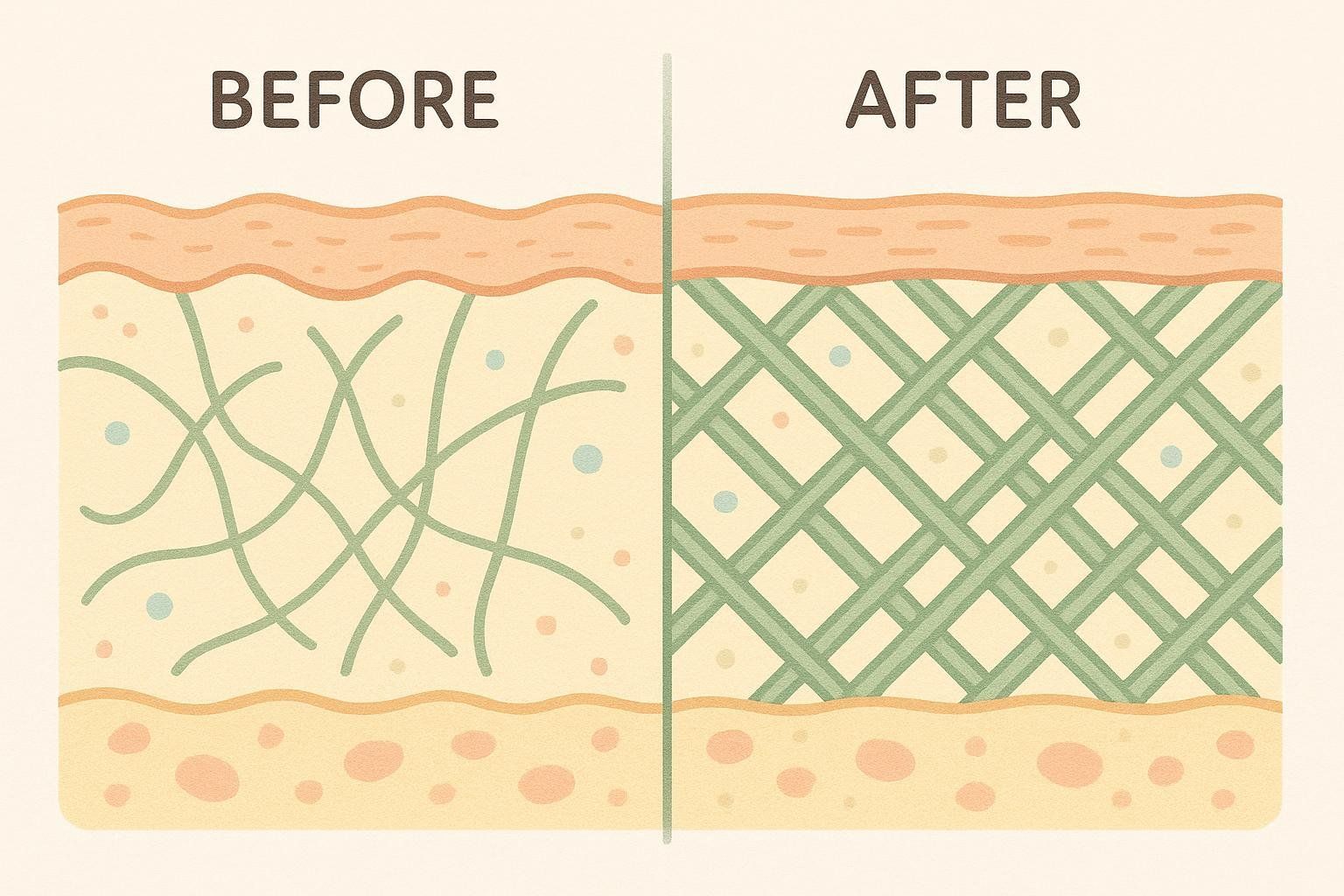
2. Hair: Density & Shedding
One 12-week brand-sponsored trial combining marine collagen with vitamin C reported a 27.6 % increase in hair count per cm² and a 31.9 % boost in self-rated hair quality (MDhair study). Document progress with top-down crown photos (tripod) or measure ponytail diameter with a tape.

3. Nails: Strength & Growth
A 24-week placebo-controlled study in the Journal of Cosmetic Dermatology found collagen peptides cut nail breakage by 42 % and accelerated growth.
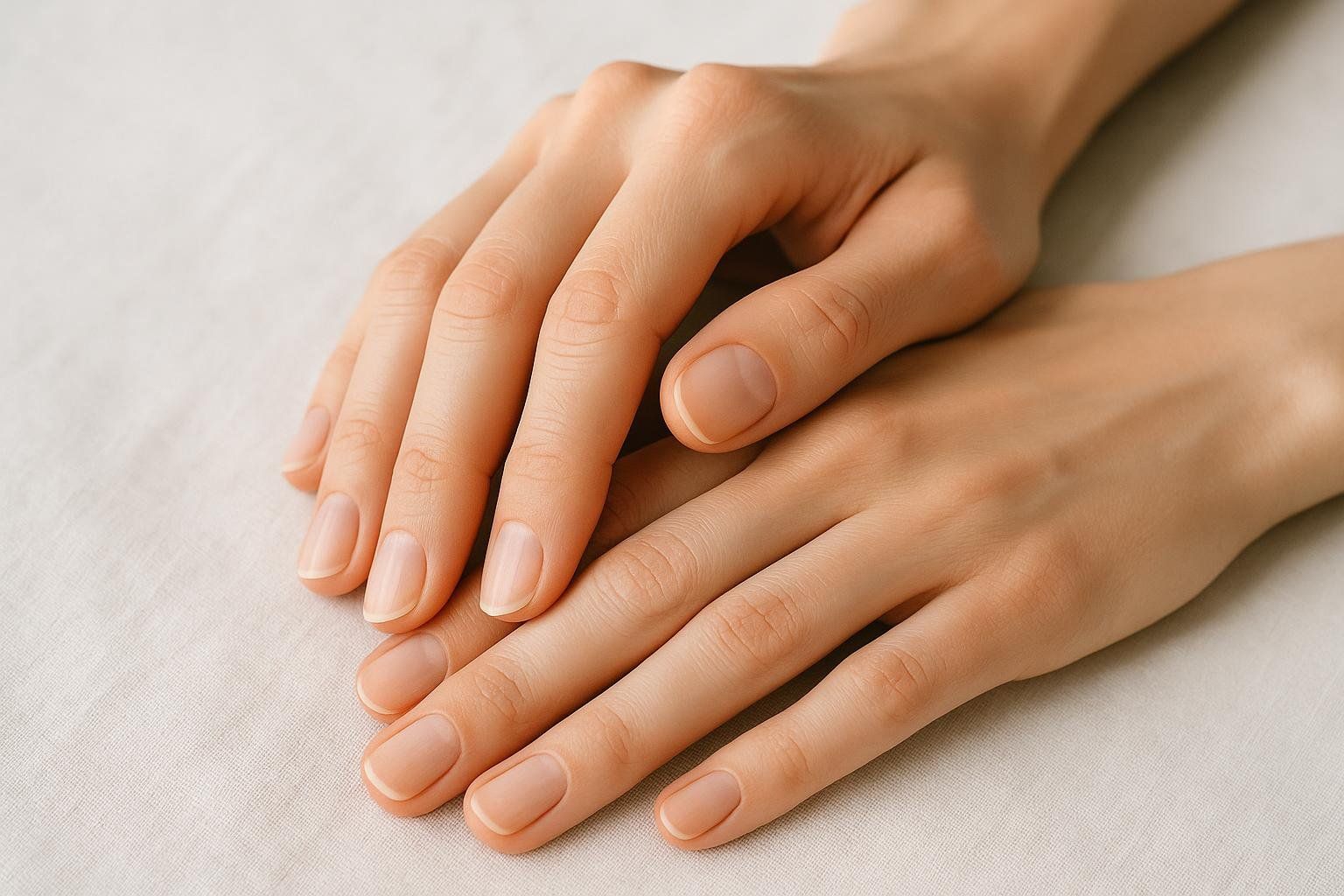
4. Joints & Recovery
An 8-week double-blind study in active adults showed type II collagen reduced knee-pain scores by 26 % compared with placebo (BMC Musculoskeletal 2024). Pair supplementation with mobility work—see our joint-support guide for advanced tips.
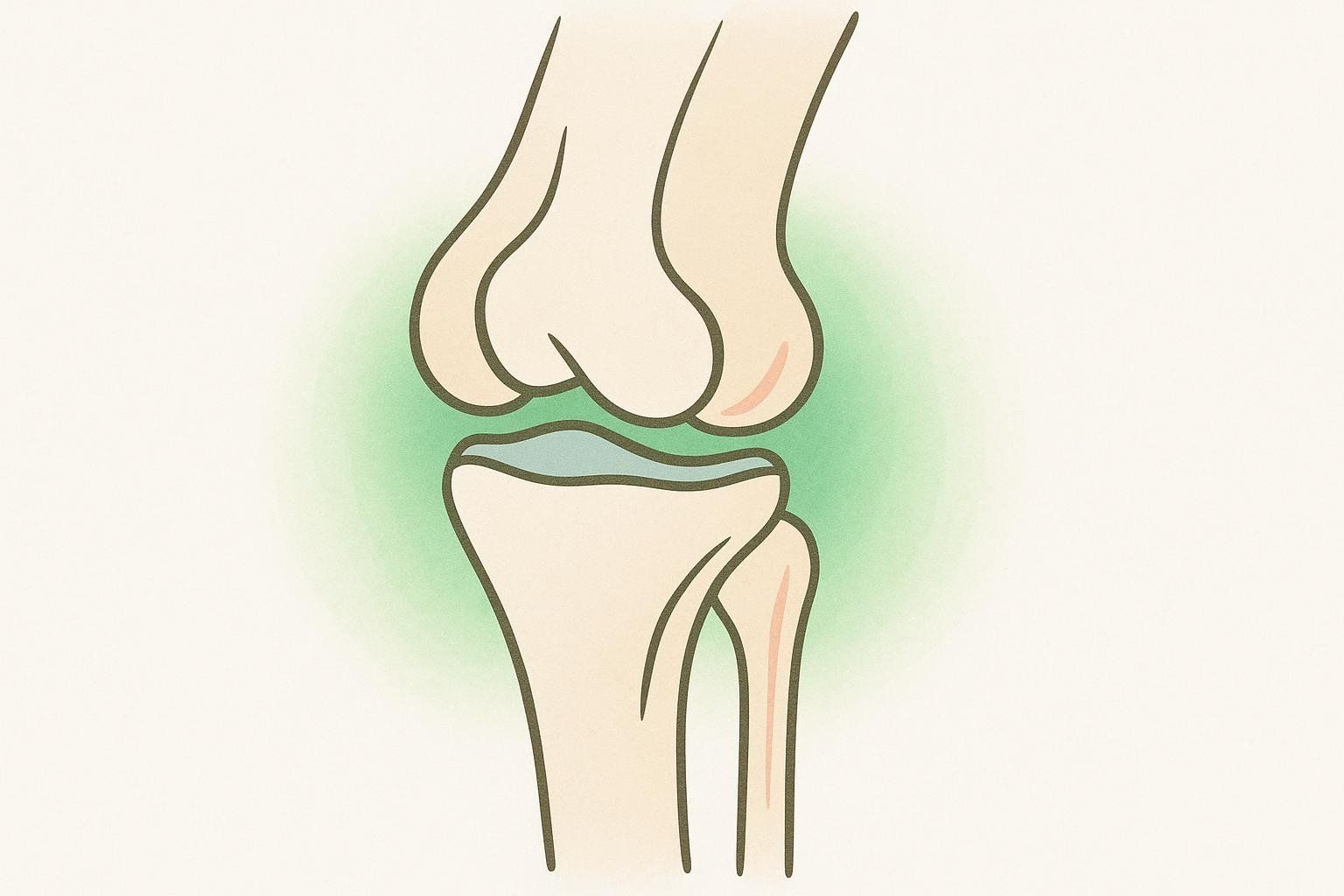
5. Gut Comfort & Metabolism
Collagen’s high glycine content may help reinforce the intestinal lining and support microbiome balance (Cleveland Clinic). If weight management is on your radar, see our collagen and weight loss guide.
Collagen Types 101: Pick Your Protein Wisely
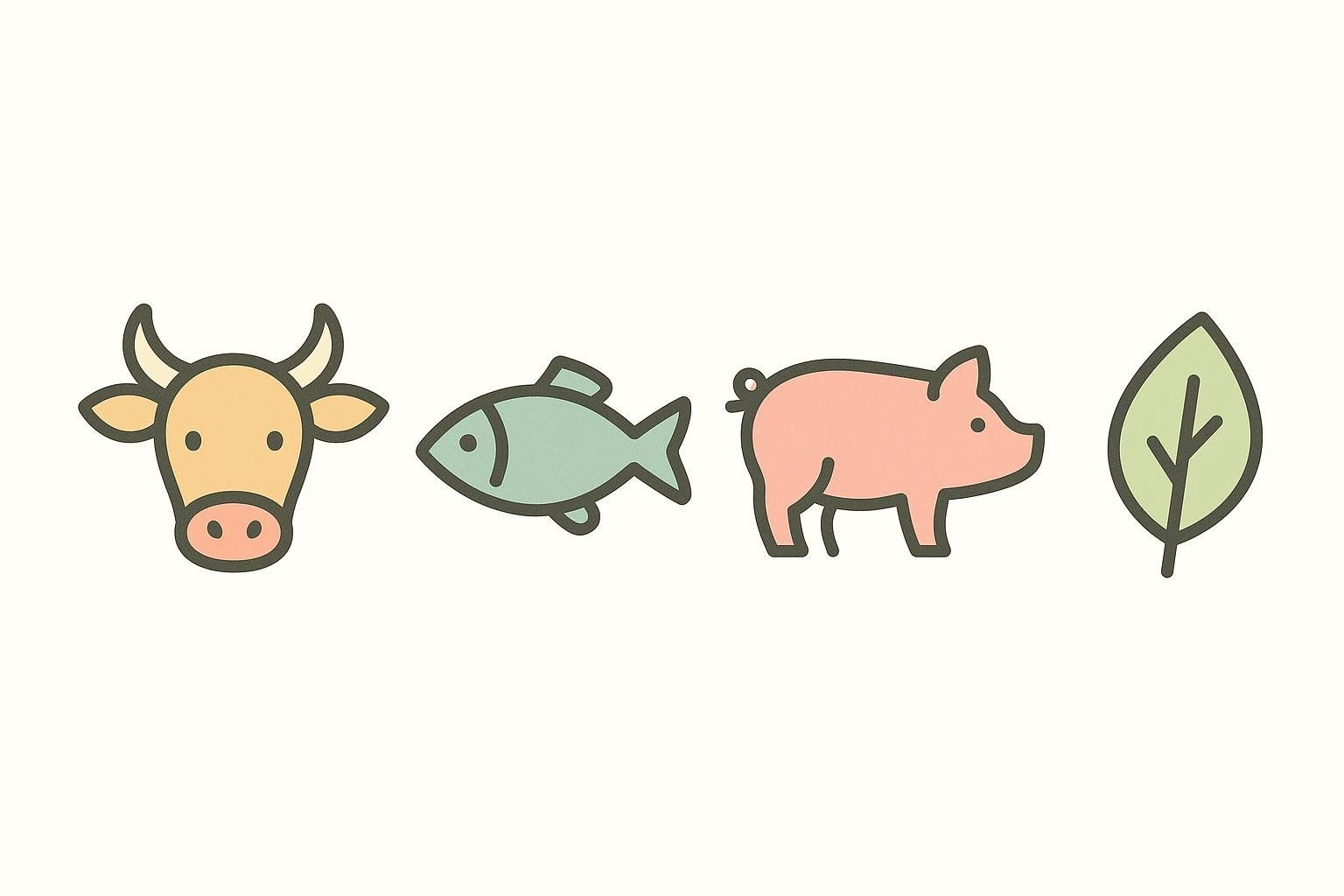
| Source | Types | Sustainability Snapshot | Common Uses | Watch Out For |
|---|---|---|---|---|
| Bovine (cow hide/bone) | I & III | By-product of cattle industry; moderate carbon footprint | Skin elasticity, joint comfort | Not suitable for pescatarians/vegans |
| Marine (fish scales/skin) | I | Utilizes seafood waste; often lower footprint than bovine | Fast skin hydration, hair shine | Seafood allergies, higher cost |
| Porcine (pig skin) | I & III | Similar footprint to bovine | Budget supplements | Religious/dietary restrictions |
| Plant-based “vegan collagen boosters” | — (no collagen) | Often algae-derived; lowest footprint | Provides co-factors (e.g., vitamin C) to support natural collagen synthesis | Marketing confusion—does not contain actual collagen |
Pro-tip: Mixing marine and bovine sources can broaden the amino-acid profile—handy if you’re tracking both skin and joint benefits.
How Much Collagen Do You Need?
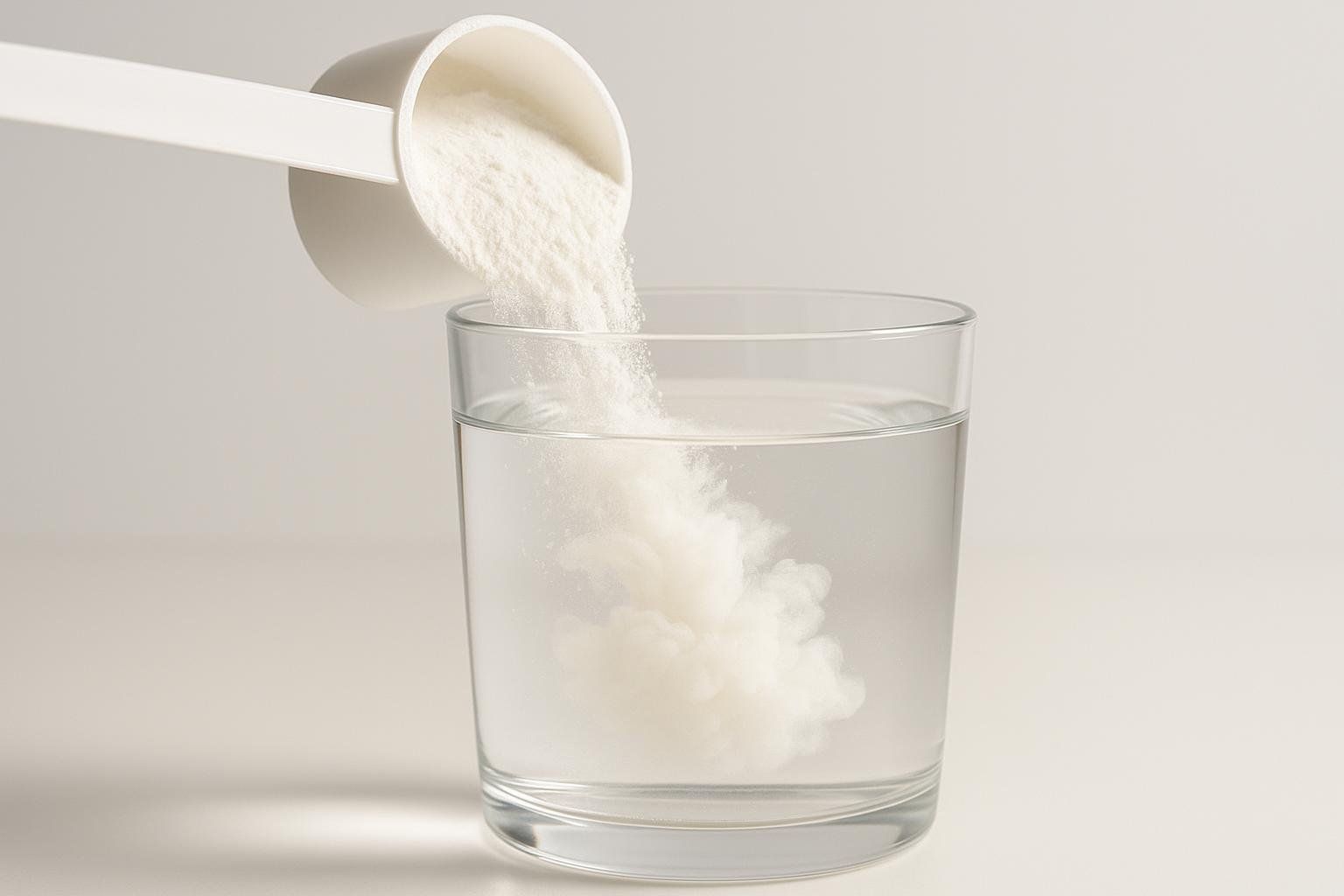
Clinical studies show that a daily dose of 2.5–15 g is both safe and effective (UCLA Health). Many users aim for 10–20 g per day split into two doses—morning and evening—with at least 50 mg vitamin C to aid integration into new collagen fibers.
Collagen FAQ
How long before collagen works?
Skin hydration often improves within 4 weeks; wrinkles and hair density usually take 8–12 weeks.
Can collagen replace my protein shake?
No. Collagen lacks key amino acids like leucine needed for muscle protein synthesis.
Is liquid, powder, or gummy best?
Powder offers flexible dosing and fewer fillers; liquids are convenient but pricier; gummies rarely hit effective gram doses.
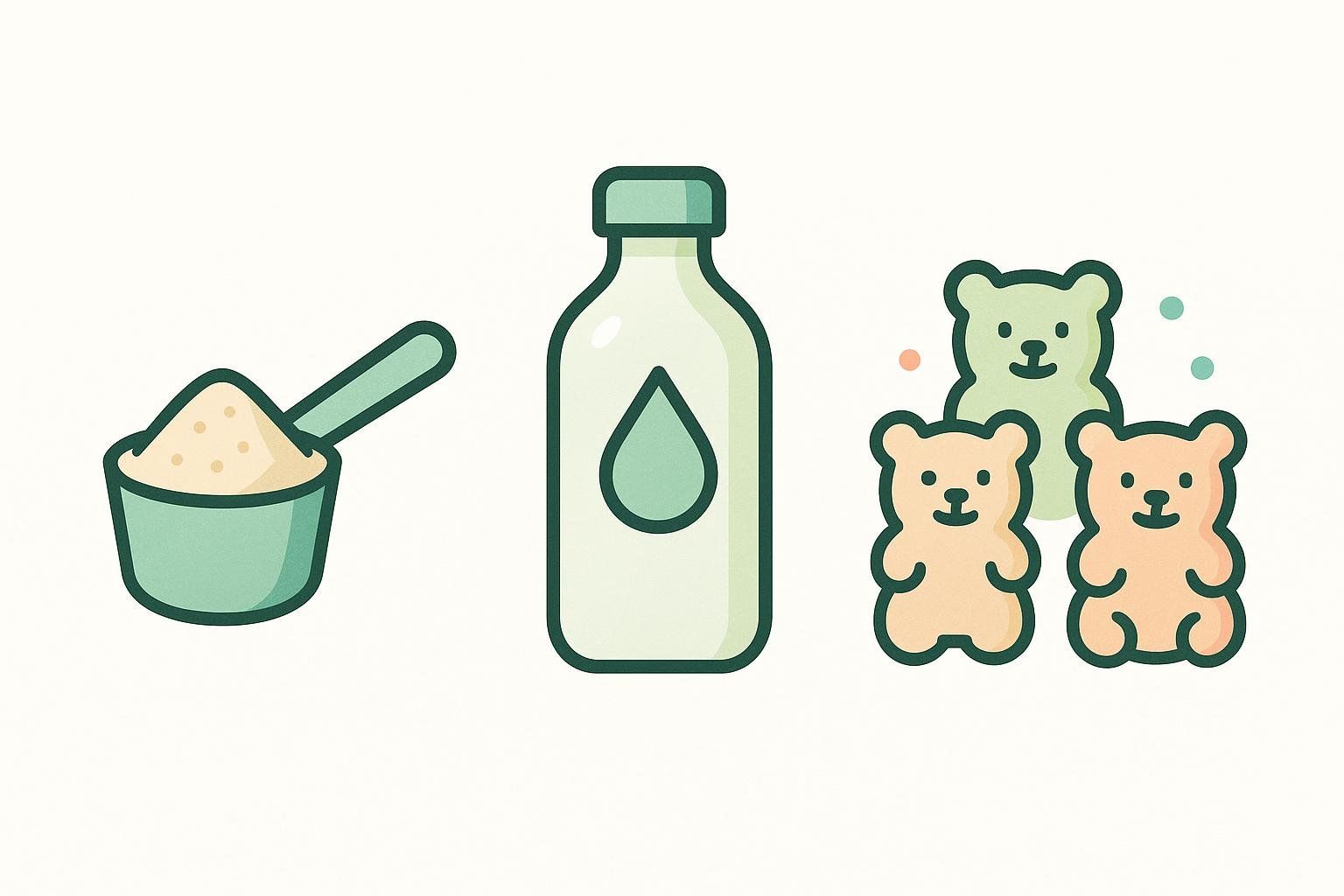
Does collagen break a fast?
Yes. Collagen contains calories (~40 per 10 g) and will break a strict fast.
Beyond Photos: Quantifying Your Results
Snap a solid “before” photo today and schedule your follow-up at week 8. Then elevate your insights: a BodySpec DEXA scan can measure lean mass, fat distribution, and bone density—providing clinical-grade data to validate your collagen progress.
